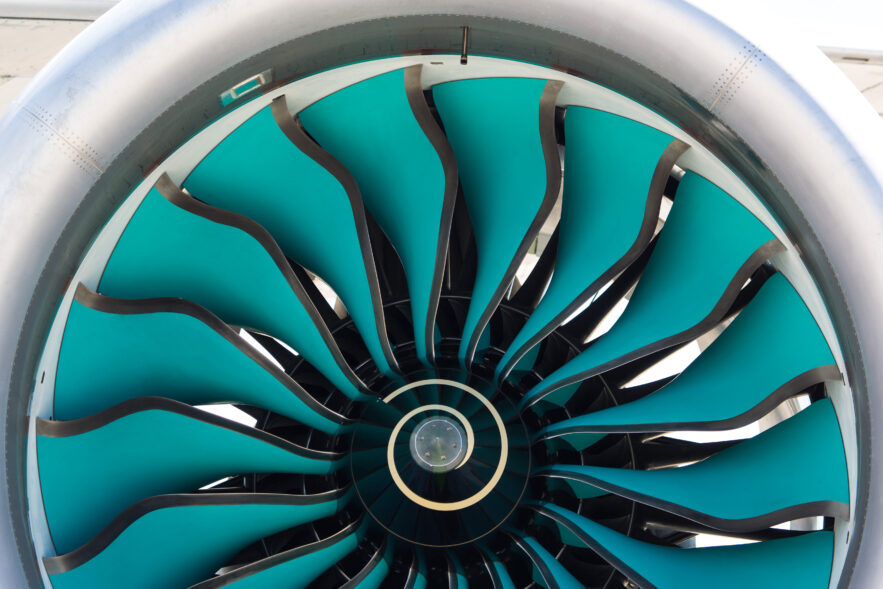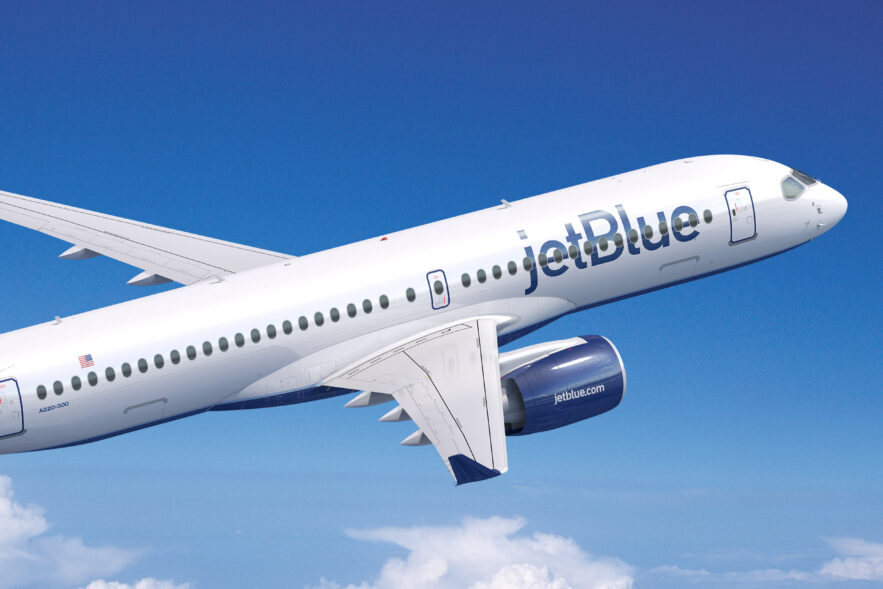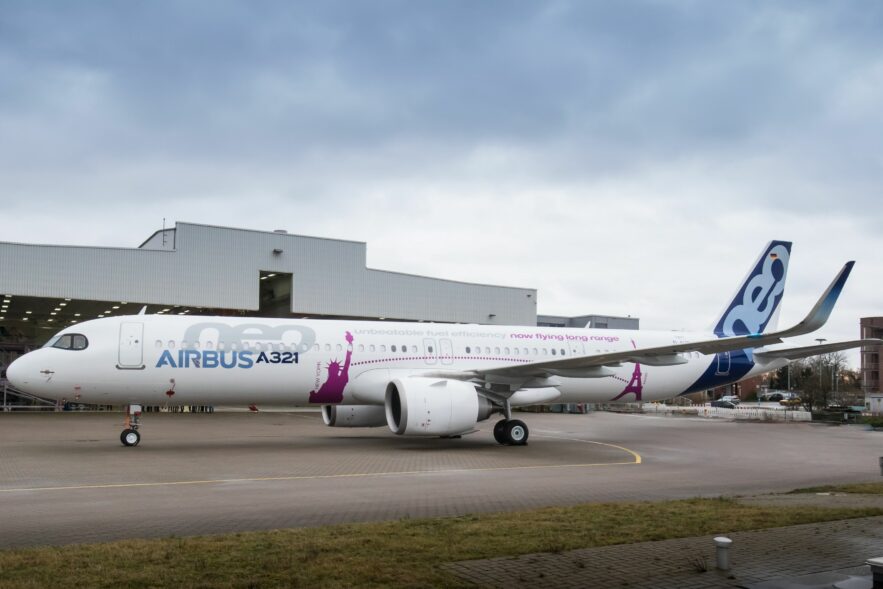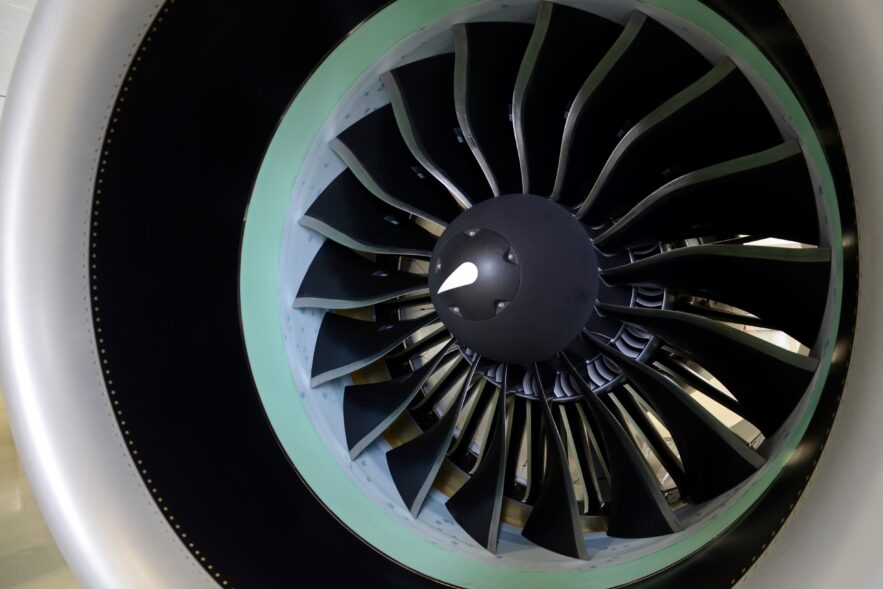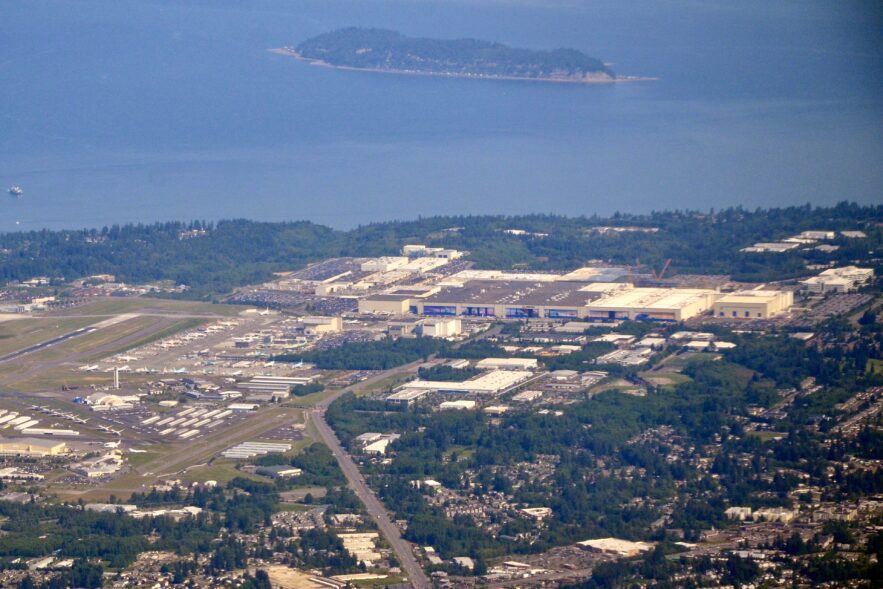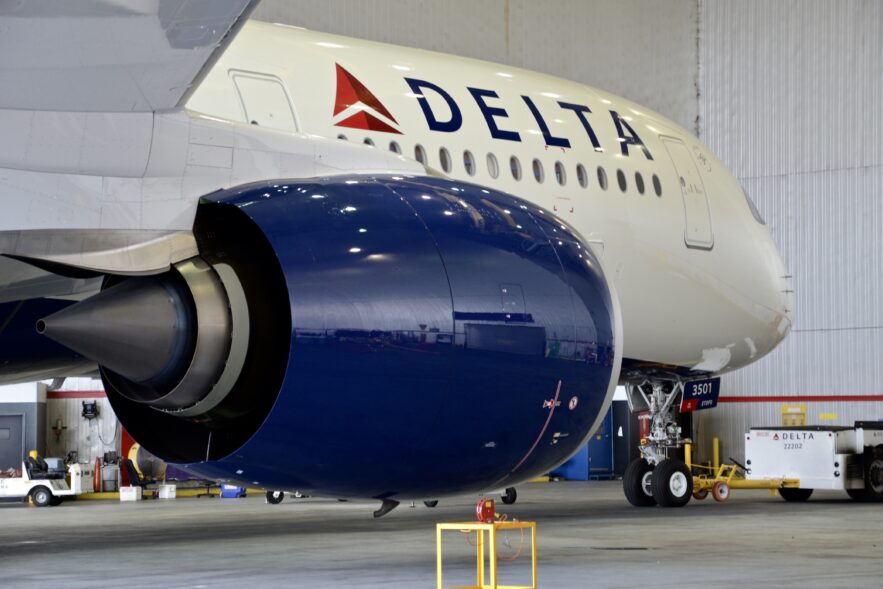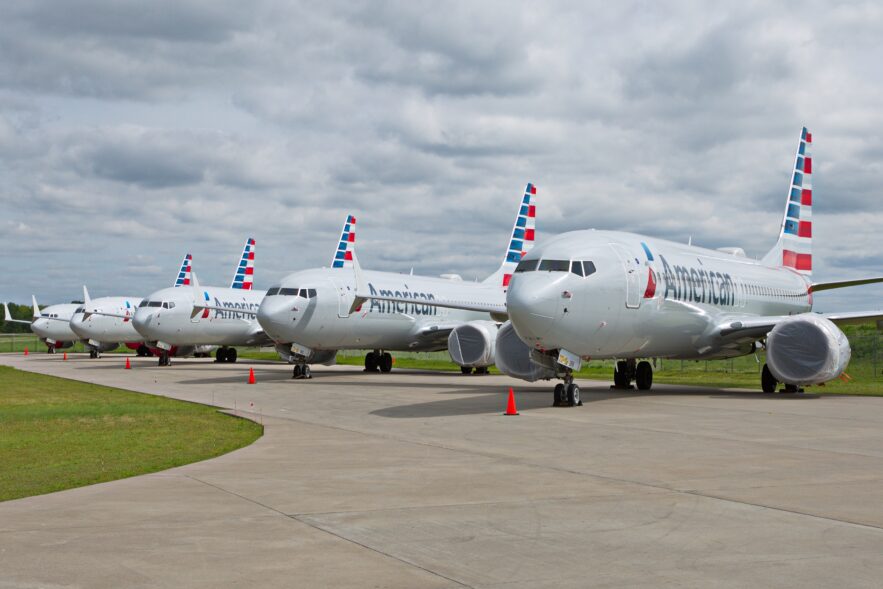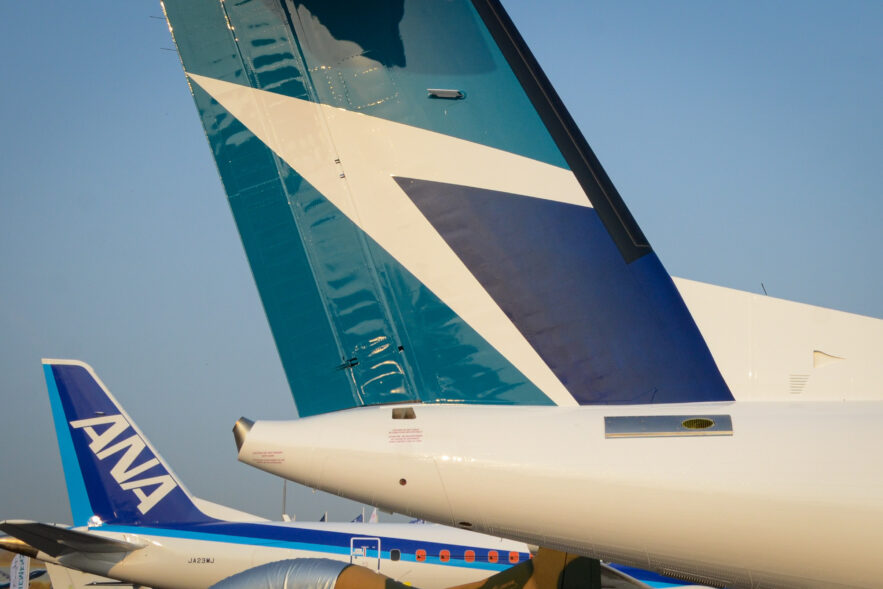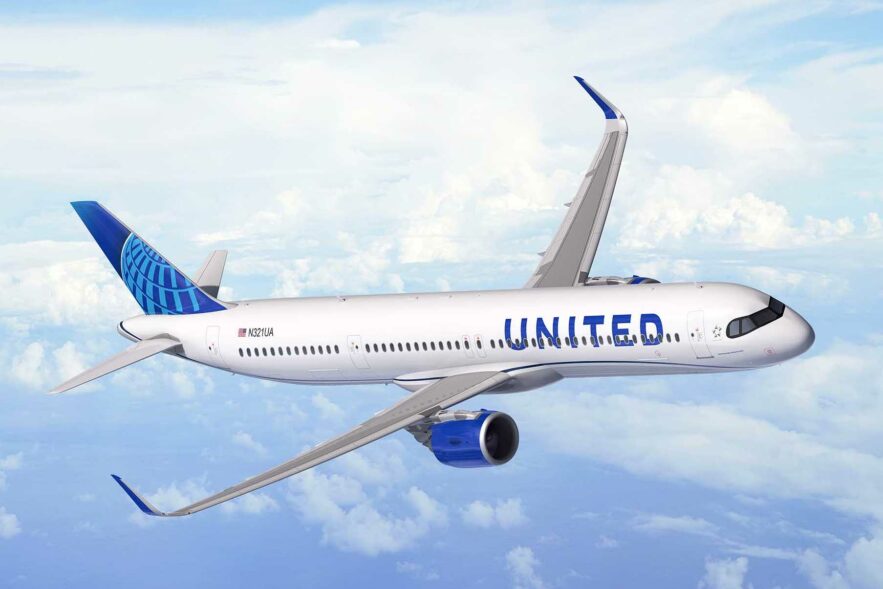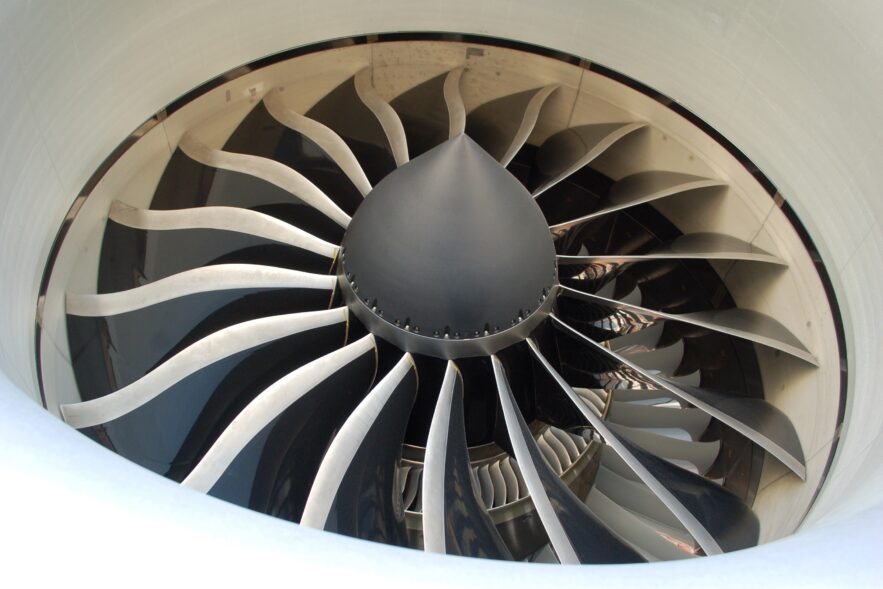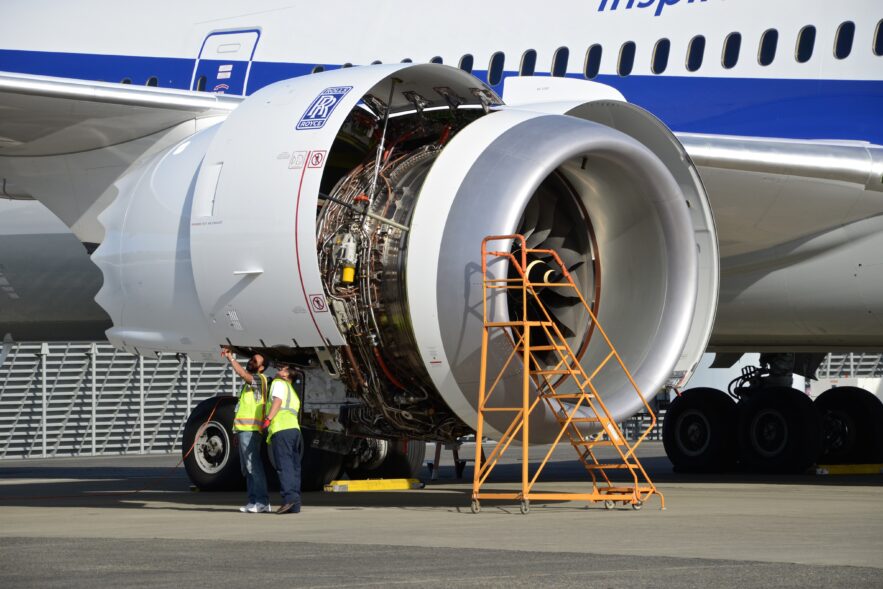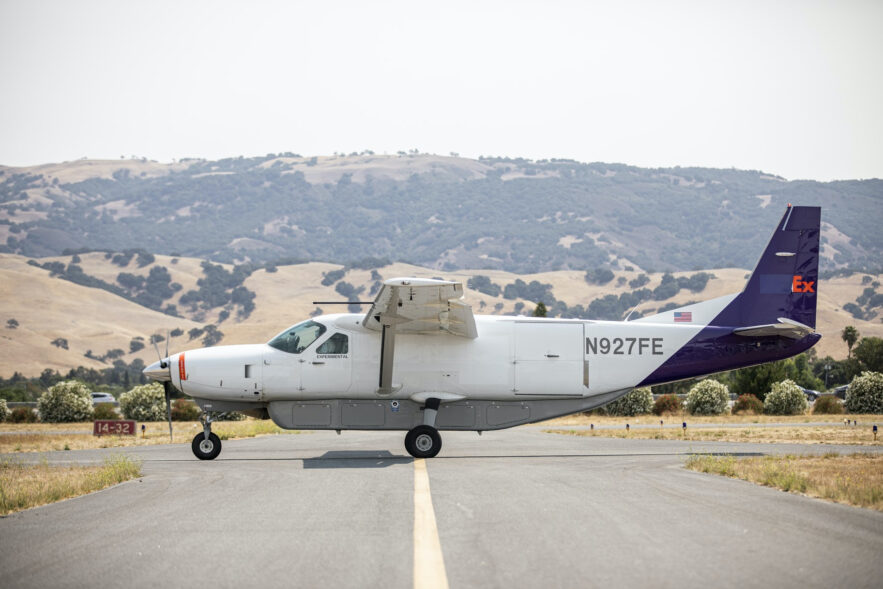CFM International, Pratt & Whitney and Rolls-Royce have homework due this week. The trio of largest engine makers had a...
During the final week of deliberations, Airbus still hadn’t told JetBlue Airways the name of the airplane they might be...
FARNBOROUGH — A pair of paper airplanes. A pair of divergent strategies. The fight for the nascent middle of the...
Away from the supply chain frustrations and missing engines in Renton, the final assembly of the company’s new flagship in Everett, its...
The fifth in a series focusing on Boeing’s road to developing its next all-new commercial airplane. More than 1,000 people...
The sexiness of a commercial airplane deal, especially one from an influential blue chip customer, is often presented by its...
Restoring trust in 737 Max (without Boeing) The Wall Street Journal’s headline read “Inside the Effort to Fix the Troubled Boeing...
Log-in here if you’re already a subscriber Release DateSeptember 9, 2019Newcomers De Havilland and Mitsubishi find themselves dwarfed by their...
#mc_embed_signup{background:#fff; clear:left; font:14px Helvetica,Arial,sans-serif; } /* Add your own Mailchimp form style overrides in your site stylesheet or in this...
The first in a two-part series on the impact of the COVID-19 pandemic on the business of building commercial aircraft...
You can only blame so much on a pandemic. Like a pre-existing condition that can make a case of COVID-19 deadly versus asymptomatic, the business model governing engine makers and their relationship to aircraft manufacturers made them exceptionally vulnerable. The collapse of global commercial aviation merely revealed the fundamental weakness baked into the relationship.
#mc_embed_signup{background:#fff; clear:left; font:14px Helvetica,Arial,sans-serif; } /* Add your own Mailchimp form style overrides in your site stylesheet or in this...
